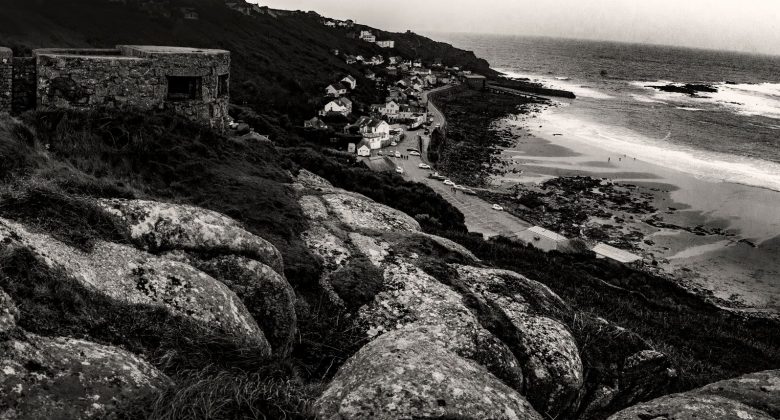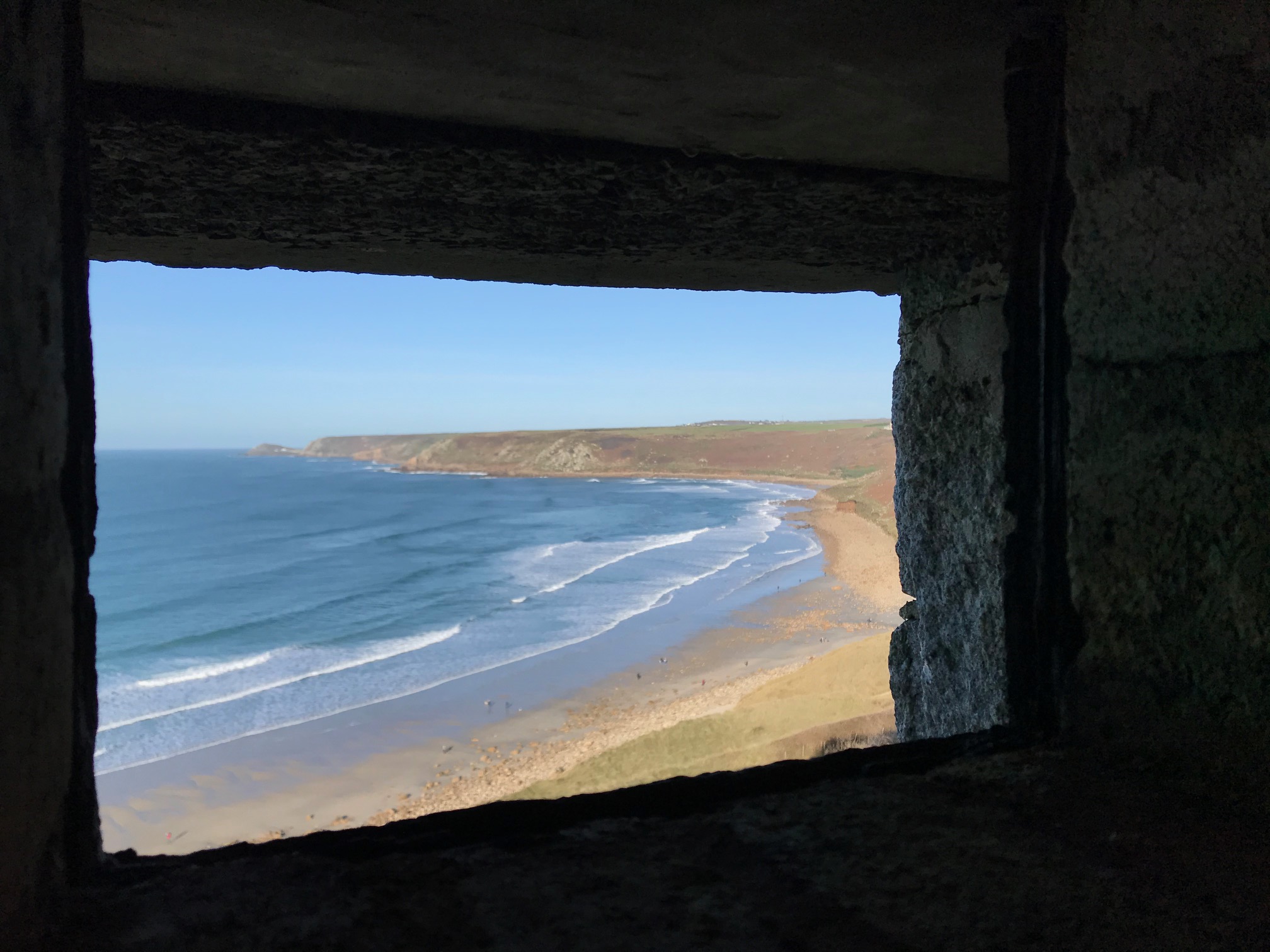Cornwall defends…
2020 marks exactly 80 years since 1940 when Britain stood alone in the face of the seemingly invincible Nazi war machine. After the fall of France in June 1940 and with the very real threat of invasion of Britain by Hitler’s all-conquering forces, the British Government rapidly constructed many physical defences.
Under the direction of General Ironside, the structures were concentrated across the South and East of the country in the places most likely to come under attack from invading forces. They defended the coast, key river crossings, and road and rail junctions. Fighter airfields, command and control centres and observation posts proliferated and the country very soon resembled a war zone ready to repel invaders.
Cornwall’s huge stretch of coastline and numerous beaches, suitable for amphibious landings by enemy tanks and troops, became a fortress with lines of pillboxes, ‘dragon’s teeth’, minefields and miles of barbed wire. Exits from the beaches were blocked by anti-tank obstacles and defended roadblocks, with defences from the most at-risk beaches extending five miles inland to create highly defended areas.
An exciting new project…
Today, most of the defensive structures from World War 2 that survive in our landscape are ignored and many that have survived have become ruinous and half-hidden by encroaching nature. So, 80 years on, we’re working on a project to celebrate them!
We’re gathering photographs and historical information for a selection of locations around the coast of Cornwall and we’ll be putting the information online in the coming months. We’re working with photographer Mark Pearson who has created superb images showing the World War 2 structures in the landscape; luckily Mark was able to complete his photography before the lockdown!


